@Home: Tips To Sanitise Each Room In Your Home

By SUZZANNE COUSINS
Our homes are our sanctuary. For many of us, coming home means escaping the worries and woes of the world around us. But, if we’re not careful we might be bringing the world home with us when we track different germs and bacteria through our doors.
Did you know that cold and flu virus-laden droplets may remain infectious for several hours, depending on where they fall? Some viruses generally remain active longer on stainless steel, plastic and similar hard surfaces than it does on fabric and other soft surfaces. For example, the novel coronavirus (COVID-19) can live on stainless steel surfaces for up to 72 hours, cardboard for up to 24 hours, and on copper for four hours and therefore can still be contagious.
So, how can you keep your home clean and germ-free? Here are a few tips to help you keep each room in your home sanitised.
The Entrance/Veranda
Your front door or grill is probably the first surface you touch when you get home. Using disinfecting wipes, clean off doorknobs, handles, locks and grill latches before entering your home. Having a pair of “inside” shoes is also good practice so that you can avoid tracking in all the germs your shoes would have stepped on throughout the day. Here’s a tip: Have a small rack or basket at the entrance with a pair of slippers that you can slip on as you get home.
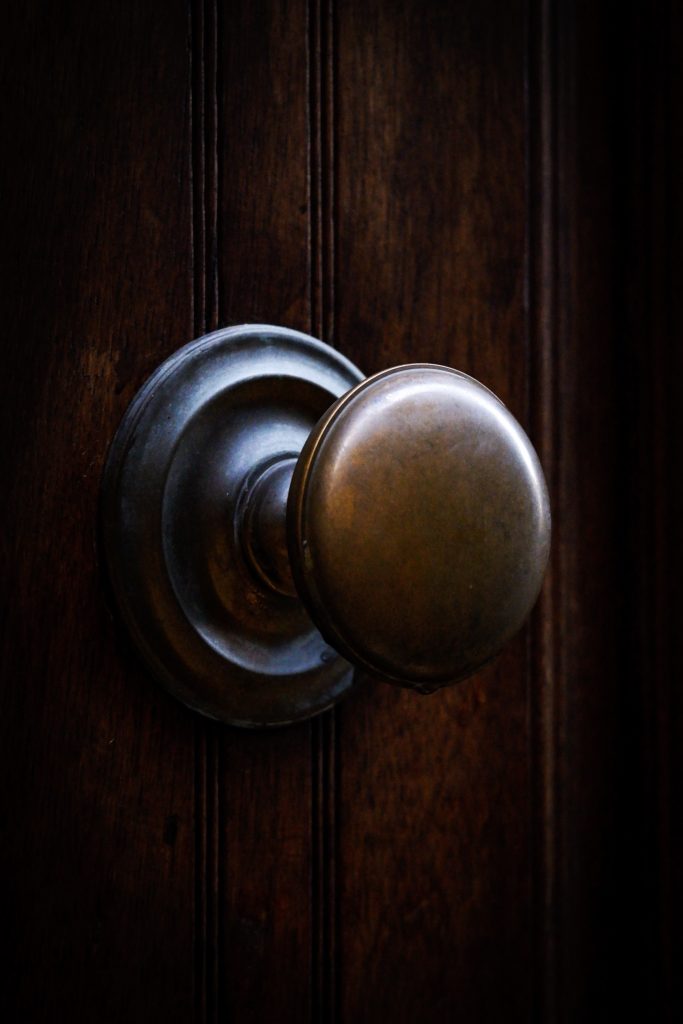
Living room
This is more often than not the common area for most people. This is where we watch TV, play video games, talk about our day and sometimes even eat a meal. This high traffic area needs to be sanitised daily. Start with hard surfaces like “what-nots”, coffee tables, entertainment centres, TV stands and other such furniture. Using a microfibre cloth, you can wipe these surfaces using water and disinfectant, bleach or vinegar*. For softer surfaces, like rugs, couches, cushions and curtains, spray with disinfecting sprays and let it dry fully before use. If you have leather furniture, be sure to use the leather cleaner as specified by the manufacturer to maintain their integrity.
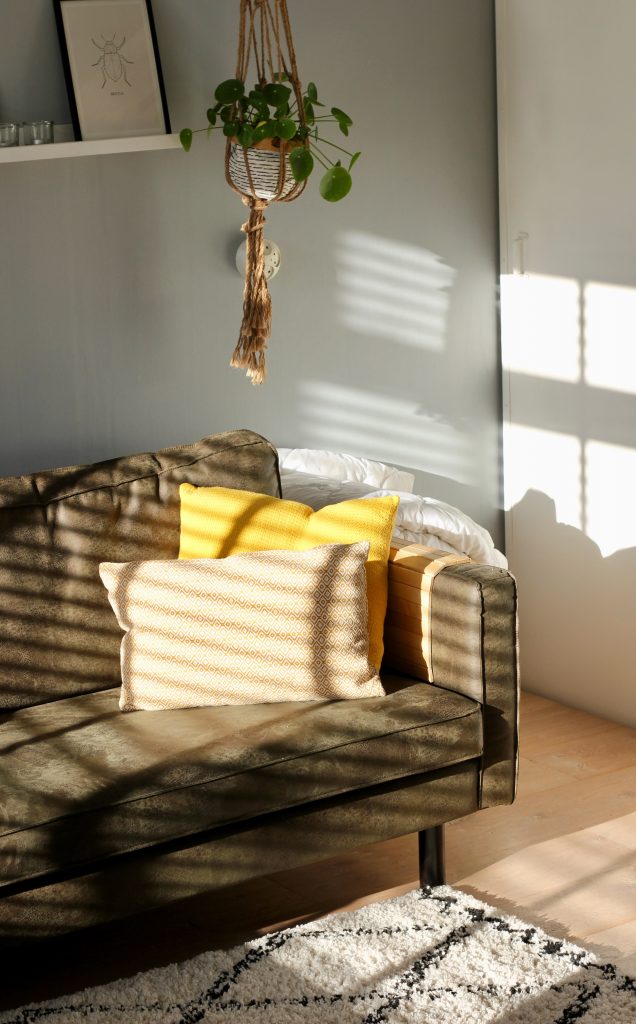
To create your own cleaning products at home check out our blog @Home: 10 Simple Products To Clean Your Home
Dining room
Similar to your living room, your dining area may have a lot of traffic. Therefore, sanitise your tables, centrepieces, and chairs by using a microfibre cloth and water with disinfectant, bleach or vinegar*. If you have soft cushioned chair covers, disinfecting sprays work just as well. Encourage children to wash their hands before coming to the table to do homework, eat a meal or play on electronic devices. Find out how best to clean your phone or tablets in this report from Loop News Jamaica.
To create your own cleaning products at home check out our blog @Home: 10 Simple Products To Clean Your Home
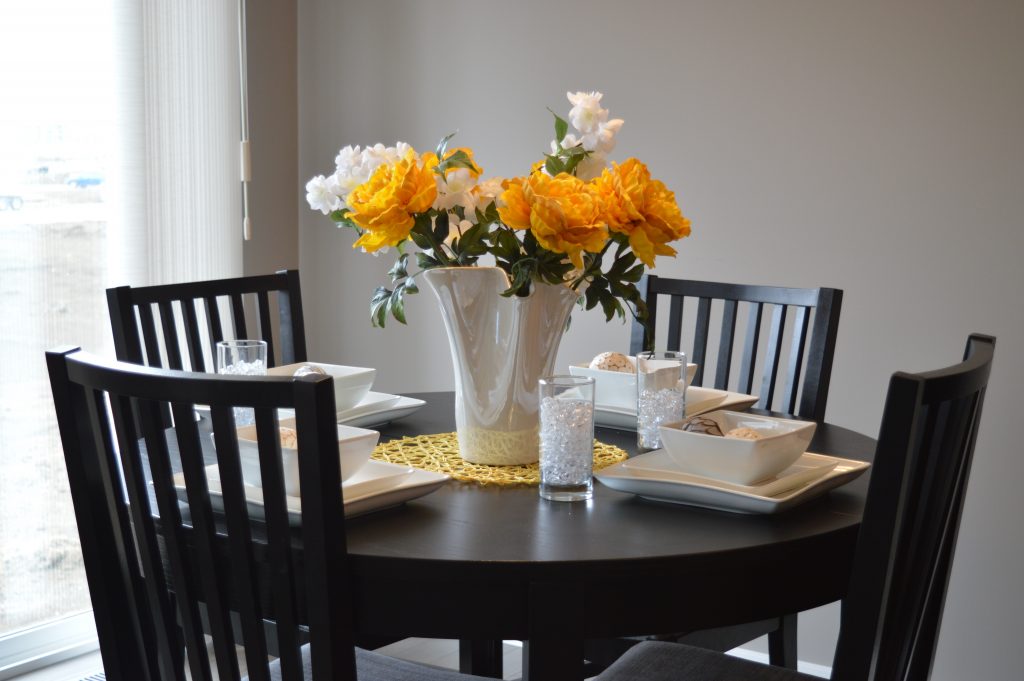
Kitchen
Next to your bathroom, your kitchen can have the most bacteria and germs in your home. If not cleaned properly, you can pass on various bacteria onto surfaces in your kitchen. If any surface is touched after raw food is prepared or before hands are washed, bacteria like salmonella, listeria, E. coli, mold, and yeast can be present.
Therefore, it’s best to clean and disinfect all cabinets, countertops, appliances and other hard surfaces daily. Stainless steel refrigerators and microwaves get especially touched throughout the day, so be sure to sanitise these and other surfaces using a microfibre cloth and water with disinfectant, bleach or vinegar*. You can also use alcohol to shine stainless steel surfaces. Here’s a tip: Wash your kitchen garbage bin at least once a week, or spray with disinfecting spray and allow it to dry before lining it with a bag.
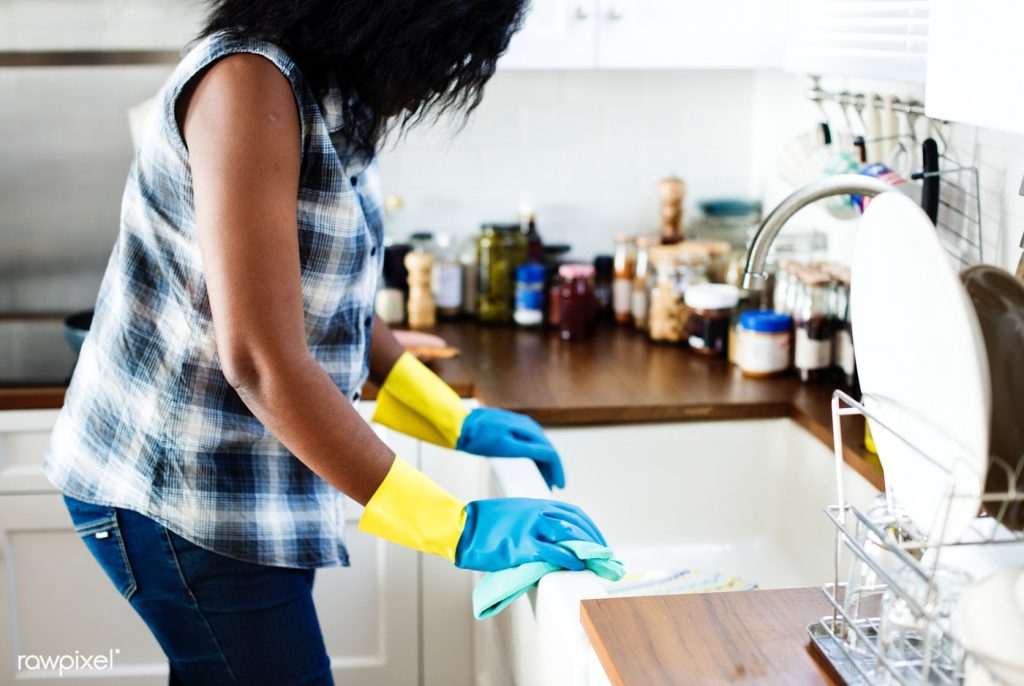
Bathroom
Another germ-central room in your home is the loo. Besides hard surfaces like showers, toilets, and countertops, you want to disinfect and wash towels, rags, bathmats and even curtains regularly. A fresh hand towel should be put in place at least daily, or use disposable hand towels instead. Practice giving everyone a new toothbrush every three months or so, and especially after getting over a cold, to help keep bacteria levels under control. You can also sterilise your toothbrush by soaking it in hydrogen peroxide after use. Doorknobs and bathroom accessories also need cleaning.
Be sure to sanitise your bathroom using a microfibre cloth and water with disinfectant, bleach or vinegar*. You can also use specialised bathroom tile, tub, toilet and faucet cleaners to fight bacteria.
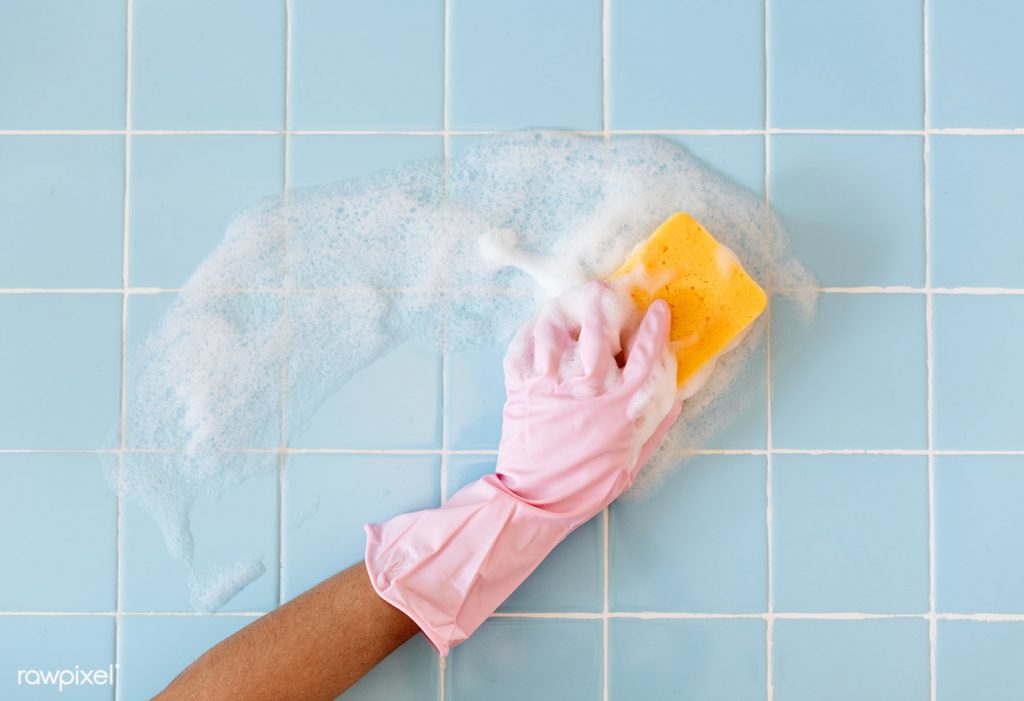
Bedroom
In Jamaica, it’s not uncommon to hear people say, “Don’t sit on the bed in your street clothes”, and they’re right. Our clothes can draw a lot of germs and bacteria from outside or “the street”, so changing out of those clothes and placing them in a hamper right after you get home is a good way to keep those germs at bay.
For hard surfaces in your room, like your dresser, chest-of-drawers or night table stands be sure to clean them using a microfibre cloth and water with disinfectant, bleach or vinegar*. For wooden surfaces be sure to use solutions that will not damage them or fade their colour. For soft surfaces, use disinfecting spray on curtains, mattresses, cushions and pillows to help reduce germs. You can also put these out in the sun for a few hours and be sure to change your sheets at least once a week.
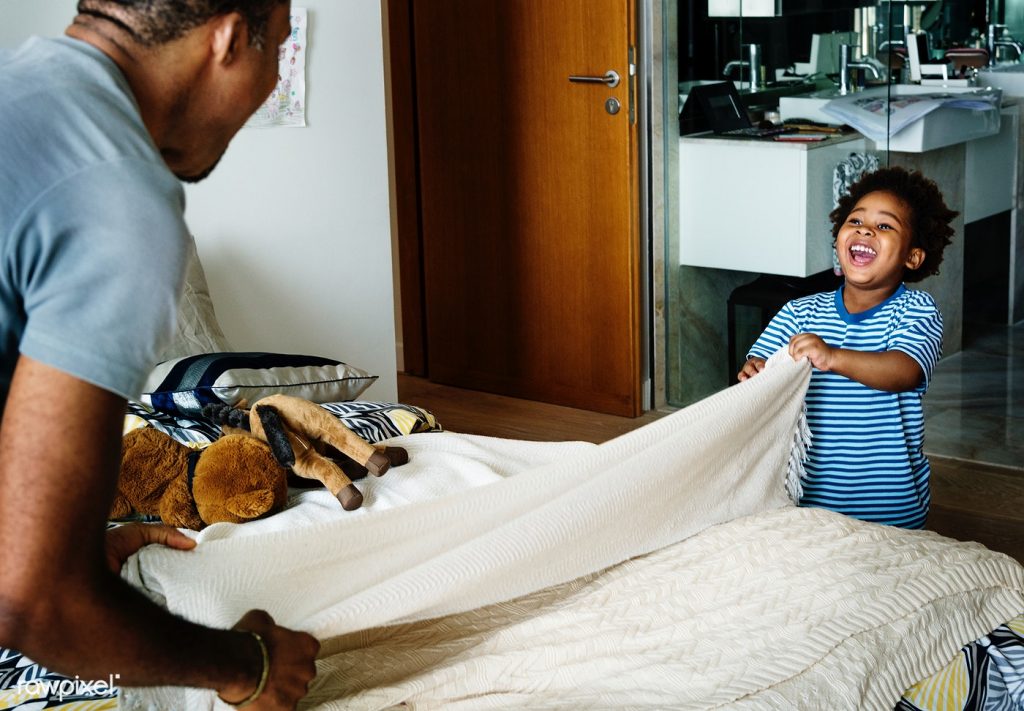
Floors
Of course, your floors throughout your home need cleaning and disinfecting as well. Sweeping or vacuuming can capture much of the loose dirt and debris on the floor, but to get your tiles, hardwood or carpets sanitised, you’ll need more. Consider using bleach, disinfectant, vinegar or specialised floor cleaners to mop. Always follow the instructions on the labels and when working with any chemicals, if possible wear gloves and masks to avoid damage to your hands or inhalation of fumes. For carpets, disinfecting sprays are just as effective.
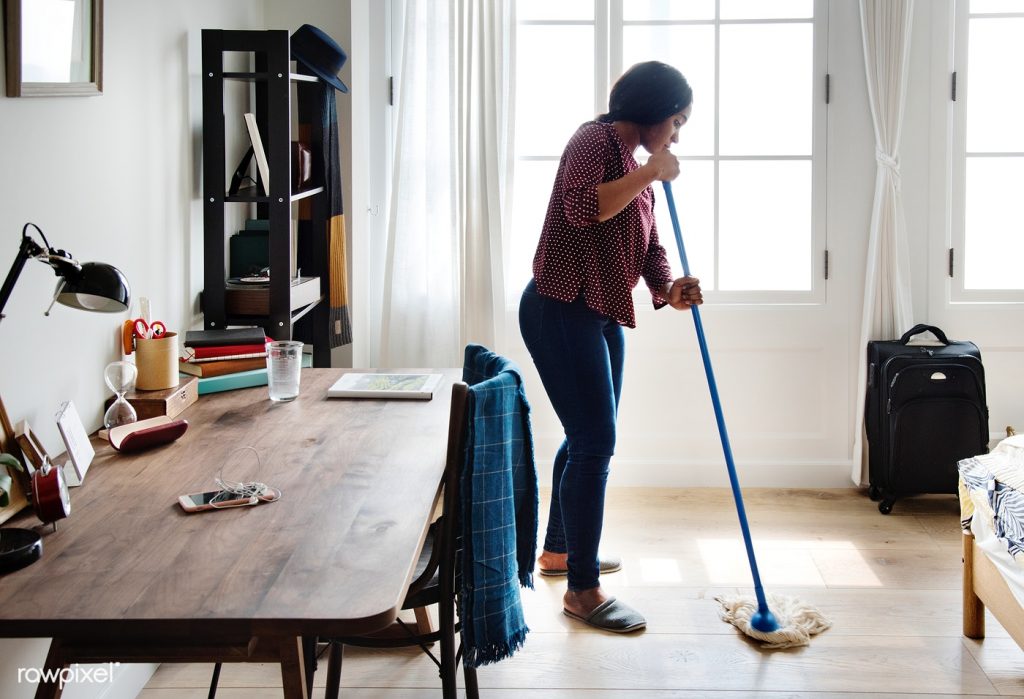
There you have it. In addition to regular personal hygiene, like washing your hands regularly, brushing your teeth, taking regular showers and so on, keeping your home and its surfaces sanitised and clean are just as important in keeping you and your family healthy and safe.
*Always be sure to follow the instructions on the labels.
